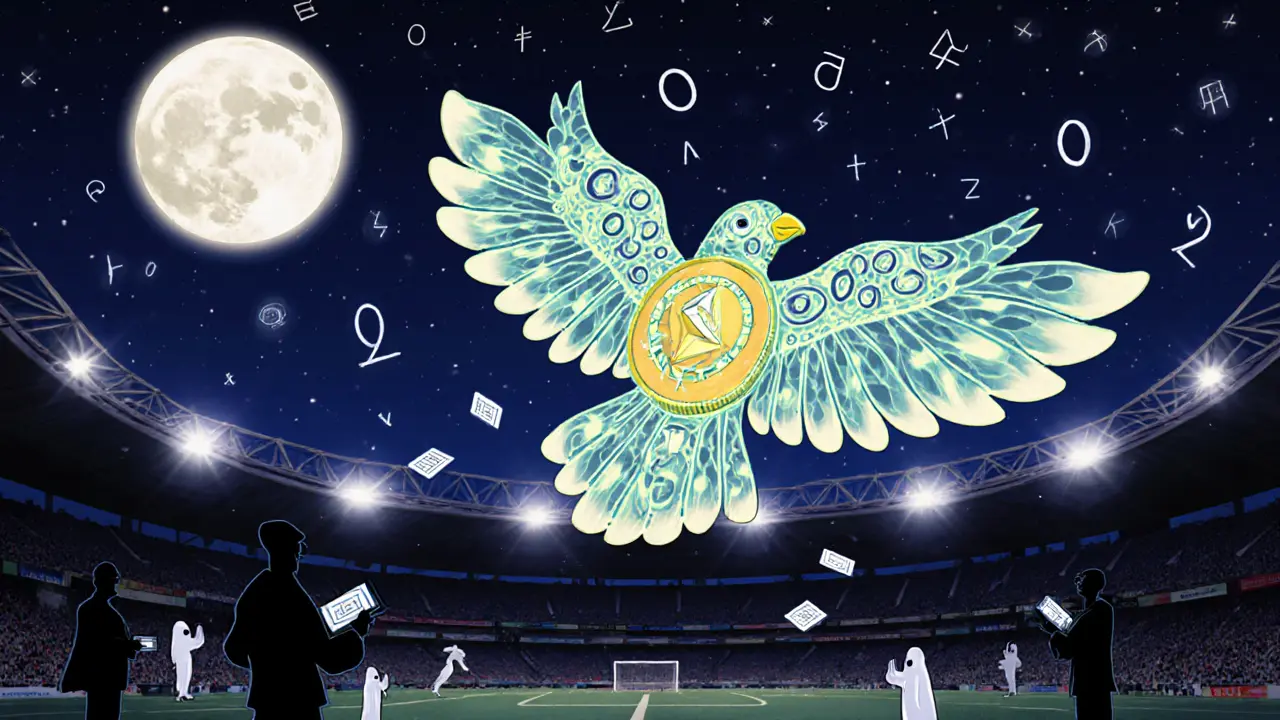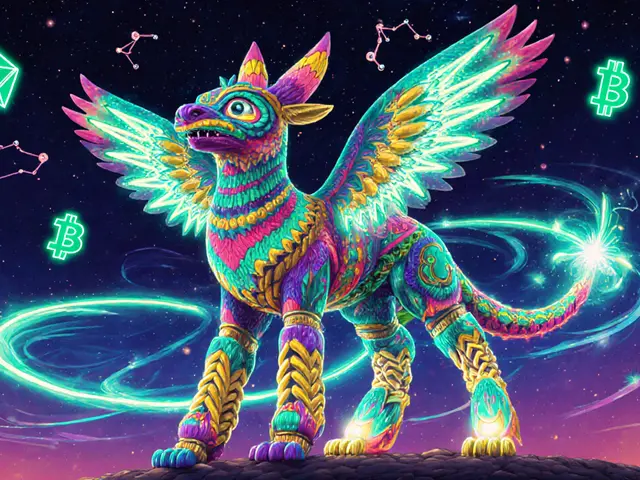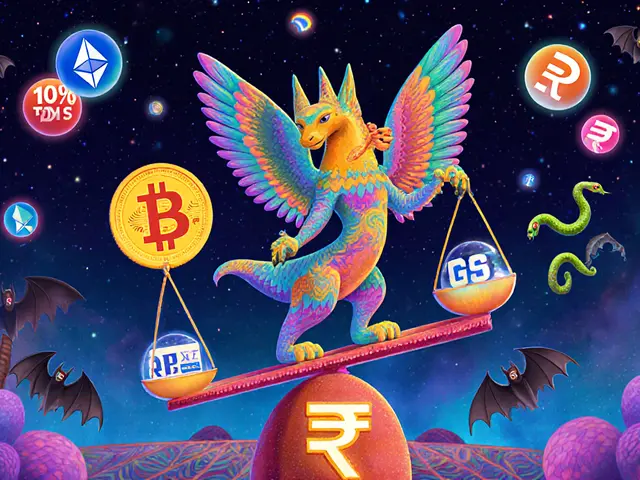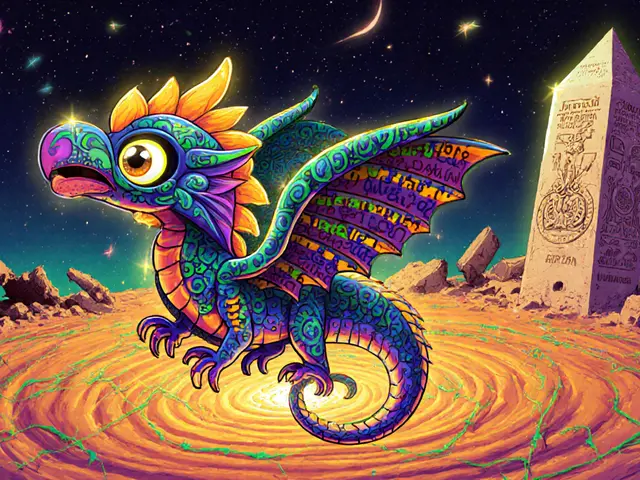Ethereum Token: What They Are, How They Work, and Which Ones Actually Matter
When you hear Ethereum token, a digital asset built on the Ethereum blockchain that can represent anything from currency to access rights. Also known as ERC-20 token, it's not money like Bitcoin—it's a programmable unit that runs on smart contracts. That’s the core difference. Bitcoin is a ledger of payments. Ethereum tokens are tiny apps you can send, trade, or use inside other apps—like digital keys, coupons, or shares.
Most Ethereum tokens follow the ERC-20, a technical standard that lets wallets and exchanges recognize and move tokens the same way every time. Think of it like a universal plug. If a token uses ERC-20, your MetaMask can hold it, Uniswap can trade it, and DeFi apps can use it for loans or staking. But not all tokens are created equal. Some, like POAPs, are non-transferable digital badges proving you showed up somewhere. Others, like Franklin (FLY) or BSClaunch (BSL), were launched with hype but vanished—no team, no updates, no liquidity. These aren’t failures of technology; they’re failures of purpose.
Behind every working Ethereum token is a real use case. The smart contract, a self-executing code on Ethereum that runs without middlemen. powers everything—from automated lending on Aave to voting on DAOs. But smart contracts don’t fix bad ideas. If a token has no users, no reason to exist, or no team maintaining it, it’s just data on a blockchain. That’s why you’ll find posts here about dead tokens like veDAO (WEVE) and Wannaswap (WANNA), and also about real ones like ATA from Automata Network or SAKE from SakePerp, where you earn tokens by actually using the service.
Not all Ethereum tokens are for trading. Some are for participation. POAPs turn event attendance into permanent proof. Security tokens turn real estate or stocks into fractions you can buy with crypto. Even blockchain voting systems use tokens to verify identity without revealing your vote. The blockchain token, a digital representation of value or access tied to a decentralized network. isn’t just a currency—it’s a tool for building new kinds of systems.
What you’ll find here isn’t a list of top tokens to buy. It’s a collection of real stories—about tokens that worked, tokens that died, and tokens that never existed at all. You’ll see how MiCA regulations affect European token projects, how North Korean hackers target DeFi wallets, and why some exchanges like GroveX or KCEX list tokens with zero liquidity. This isn’t about speculation. It’s about understanding what gives a token meaning—and what makes it disappear.










